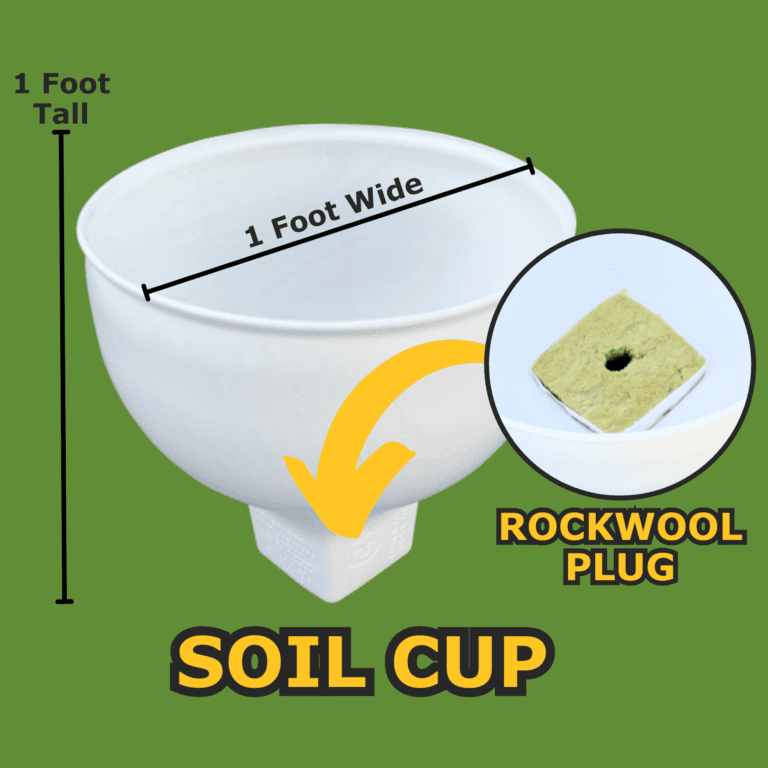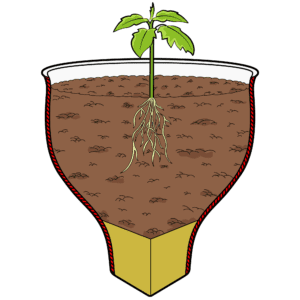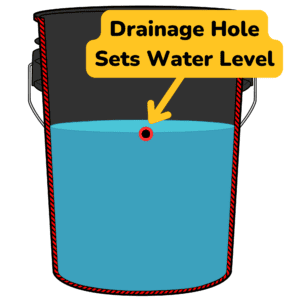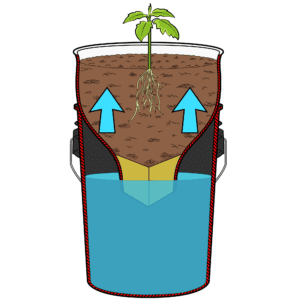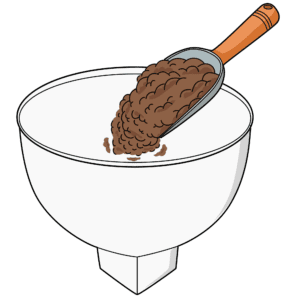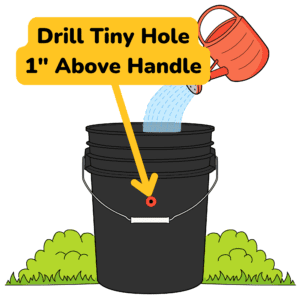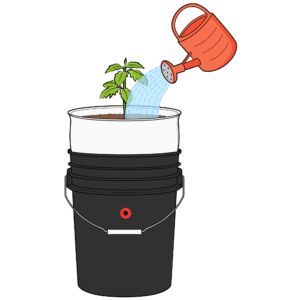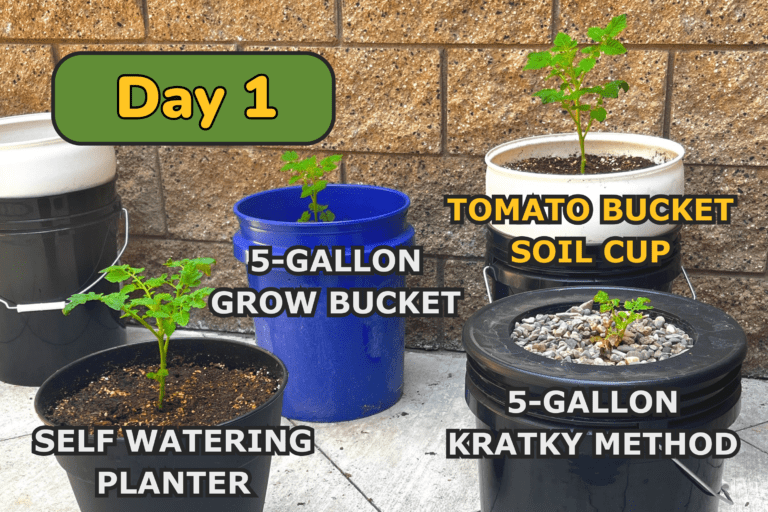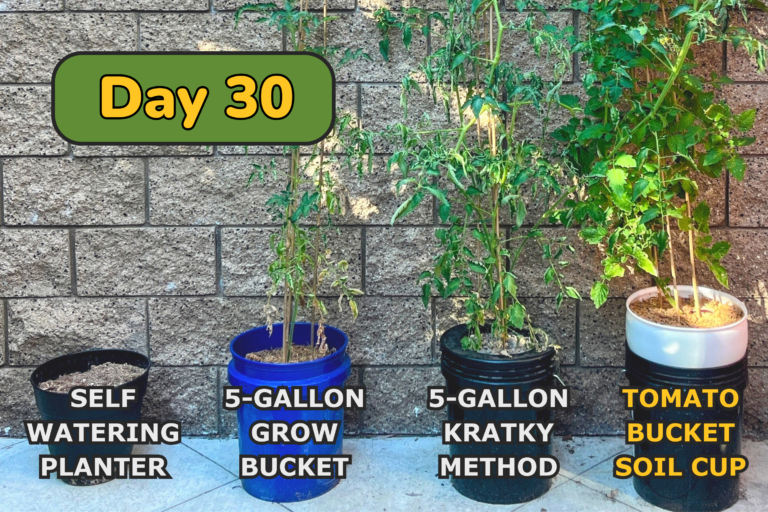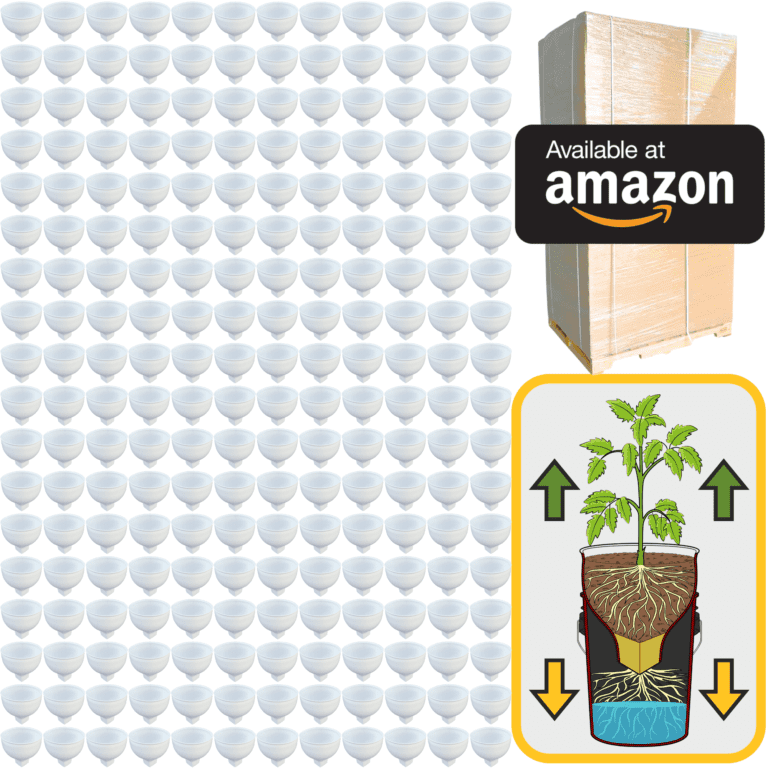Getting the right nutrients for your hydroponic plants is one of the most exciting and vital aspects of successful gardening. Unlike traditional gardening where soil naturally supplies a variety of nutrients, hydroponics requires you to take an active role in creating and managing the nutrient solution that will sustain your plants. This can feel a bit daunting at first, but once you grasp the basics, you’ll find that it’s not only manageable but also incredibly rewarding.
The foundation of plant nutrition in hydroponics revolves around understanding the essential elements that your plants need to grow. These can be broadly categorized into macronutrients and micronutrients. Macronutrients, which include nitrogen, phosphorus, and potassium, are required in larger amounts and play crucial roles in plant development. Nitrogen is essential for leafy growth, helping to build strong foliage. Phosphorus is vital for root development and flowering, and potassium contributes to overall plant health and resistance to diseases. Micronutrients, although needed in smaller quantities, are equally important. Elements such as iron, magnesium, and calcium help with various functions in plants, including photosynthesis and the development of cell walls.
When creating your nutrient solution, it’s essential to tailor the mix to the specific needs of the plants you’re growing. Different plants have different requirements, and understanding these will help you achieve the best results. For instance, if you’re growing leafy greens like lettuce or spinach, they thrive in nitrogen-rich environments. On the other hand, fruiting plants like tomatoes and peppers benefit from higher levels of phosphorus and potassium as they begin to flower and set fruit. Taking the time to research the nutrient needs of your chosen plants will empower you to craft a solution that supports their growth throughout their life cycle.
For beginners, using pre-formulated hydroponic nutrient solutions can simplify the process significantly. These products are designed to provide a balanced mix of both macronutrients and micronutrients, making it easy to ensure your plants get what they need without the hassle of mixing individual elements. Simply follow the instructions provided on the package, mixing the solution with water, and you’ll have a nutrient-rich solution ready for your plants. This method takes much of the guesswork out of nutrient management, allowing you to focus on observing your plants and enjoying the growth process.
However, mixing a nutrient solution is just the beginning. Maintaining the right pH level in your solution is crucial for optimal nutrient absorption. Most plants prefer a slightly acidic environment, typically between 5.5 and 6.5 pH. If the pH strays too far from this range, certain nutrients can become unavailable, leading to deficiencies that can hinder plant growth. Regularly testing the pH of your nutrient solution with a pH meter or simple test strips is a good practice that ensures your plants are set up for success. If adjustments are needed, you can use pH up or pH down solutions to restore balance, helping your plants access the nutrients they require.
As you nurture your hydroponic garden, pay close attention to your plants for signs of nutrient deficiencies or excesses. Different deficiencies manifest in unique ways. For example, a nitrogen deficiency often appears as yellowing leaves, particularly in older foliage, while a potassium deficiency can cause leaf edges to turn brown. Conversely, too much nitrogen can lead to lush foliage but poor fruit development in fruiting plants. Developing the ability to read these signs will help you respond proactively, adjusting your nutrient solution to meet your plants’ needs effectively.
Environmental conditions also play a significant role in nutrient uptake. Factors like temperature, humidity, and light can influence how well plants absorb nutrients. For example, warmer temperatures generally enhance nutrient uptake, while extreme heat can stress plants and hinder their ability to absorb what they need. Light levels directly impact photosynthesis, which is crucial for growth. Keeping these environmental factors in check creates a supportive atmosphere where your nutrient solution can do its best work.
Over time, you’ll find that developing a successful nutrient regimen becomes more intuitive. Each growing cycle provides an opportunity for learning and adaptation, helping you refine your approach based on what you observe in your plants. Don’t hesitate to experiment with different nutrient solutions, adjusting ratios and observing how your plants respond. Hydroponics is a dynamic field, and the more you engage with your plants, the more you’ll learn about their specific needs and preferences.
Plant nutrition in hydroponics isn’t merely about mixing solutions and checking pH levels; it’s about forging a connection with your plants and understanding their needs. As you watch your plants grow and flourish, you’ll feel a sense of fulfillment that comes from knowing you are nurturing them to their full potential. Whether you’re growing fresh herbs for your meals or experimenting with vegetables, mastering plant nutrition will empower you to create a thriving hydroponic garden.
Each step you take in this process—preparing your nutrient solution, monitoring plant health, and adjusting your care—invites you to deepen your understanding of what plants require to thrive. With time and practice, you’ll cultivate not just healthy plants but also the skills and confidence that come from being an attentive and knowledgeable gardener. The journey of learning about plant nutrition is filled with discovery and growth, both for you and your plants. Embrace this process, enjoy the hands-on experience, and take pride in the vibrant life that your hydroponic garden brings to your home. This adventure is not just about growing plants; it’s about fostering a thriving ecosystem that reflects your dedication, creativity, and passion for gardening.

